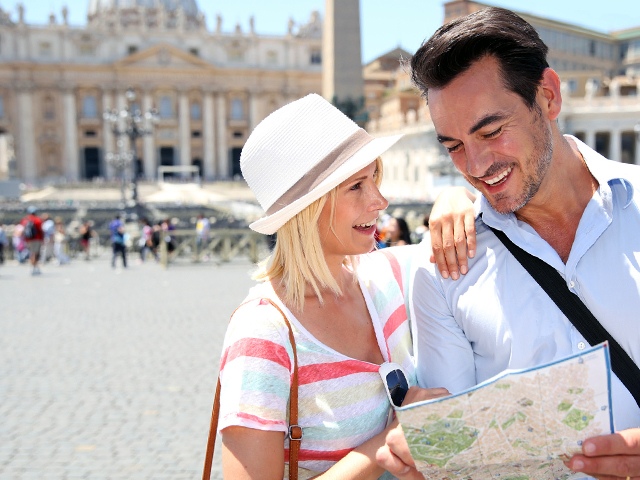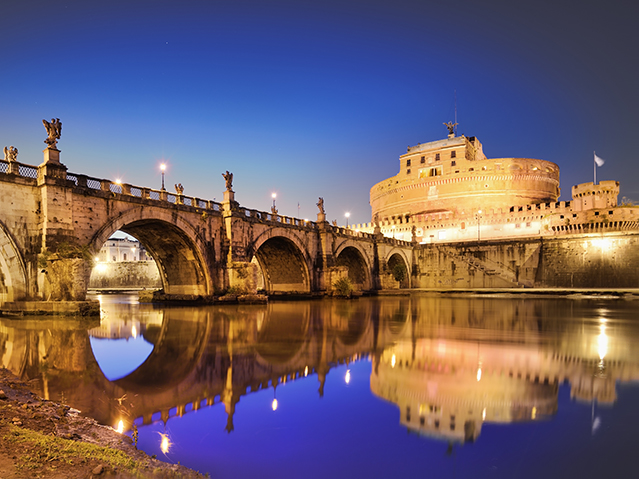7 Things to See in the Vatican Museums
Here you find 7 unmissable things to visit in the Vatican Museums, such as the Pinacoteca, the Pio Clementino Museum, the Gallery of Geographical Maps and the Raphael Rooms.What to see in the Vatican Museums? If you have read our article about the Vatican Museums, you already know that the choice is not easy at all. It's up to you and your interests: the Vatican Museums are, in fact, one of the largest collections of artworks in the world and unfortunately you often have only 1 day to visit them.
How to optimize your visit at the Vatican Museums? In this article you will find a selection of some of the main points of interest: a sort of Best Of the Vatican Museums.
Before reading our guide on this magical place, we always advise you to buy a skip-the-line ticket for the Vatican Museums. Or choose a guided tour.
DISCOVER ALL THE TOURS AVAILABLE AT THE VATICAN MUSEUMS
1. VATICAN MUSEUMS: THE PINACOTECA
If you love art, you can't absolutely miss the Pinacoteca: 18 rooms arranged in chronological order with paintings ranging from the Middle Ages to the 19th century. A rich collection commissioned by Pope Pius XI to reorganize a collection of paintings that had belonged to different popes. Many of the works displayed were retrieved from Paris after the Congress of Vienna (1815) thanks to the intercession of the sculptor Antonio Canova.
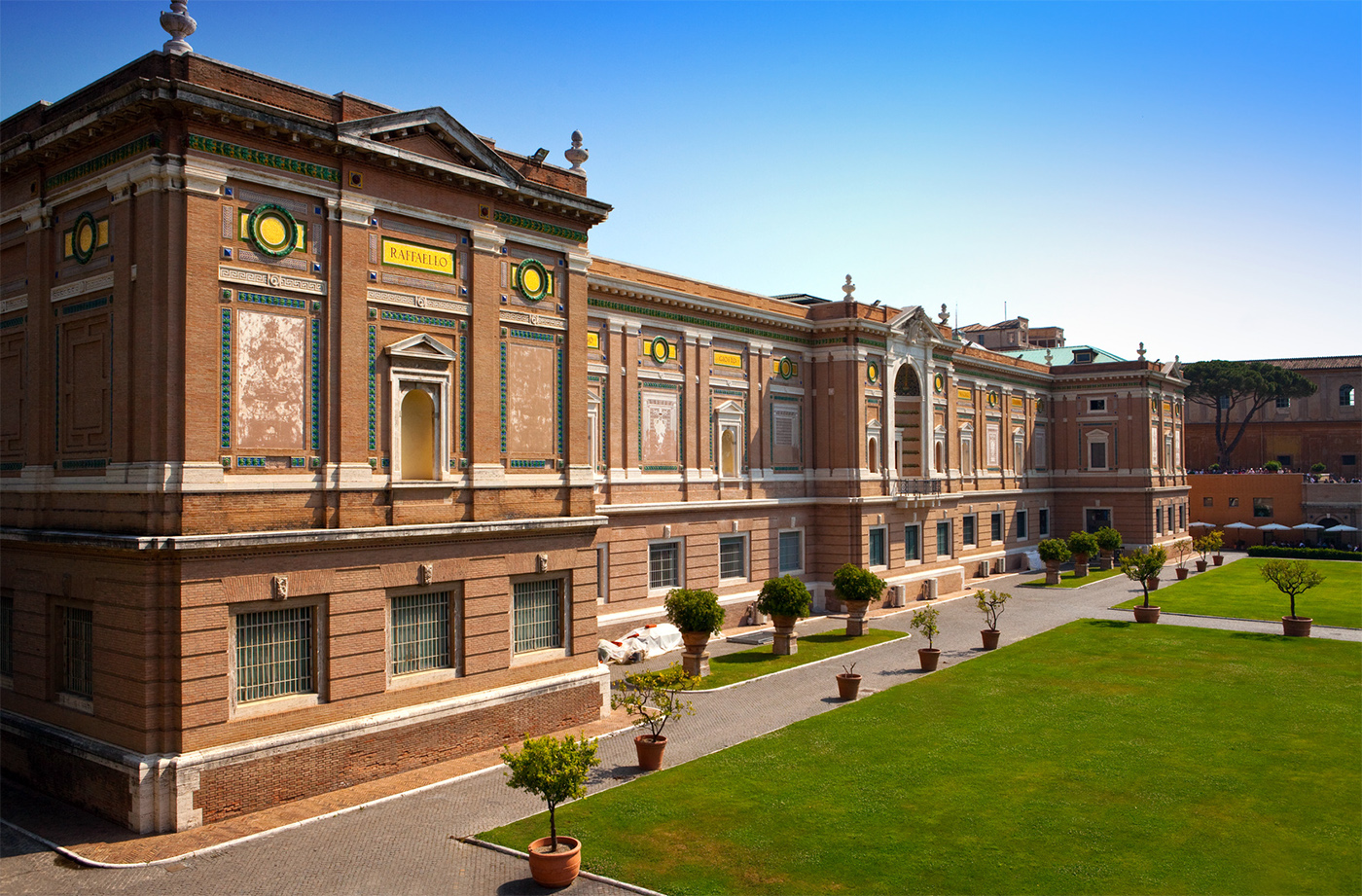
The building containing the Vatican Pinacoteca
The collection currently boasts 460 paintings, including absolute masterpieces by artists such as Giotto, Leonardo da Vinci, Raphael, Perugino and Caravaggio.
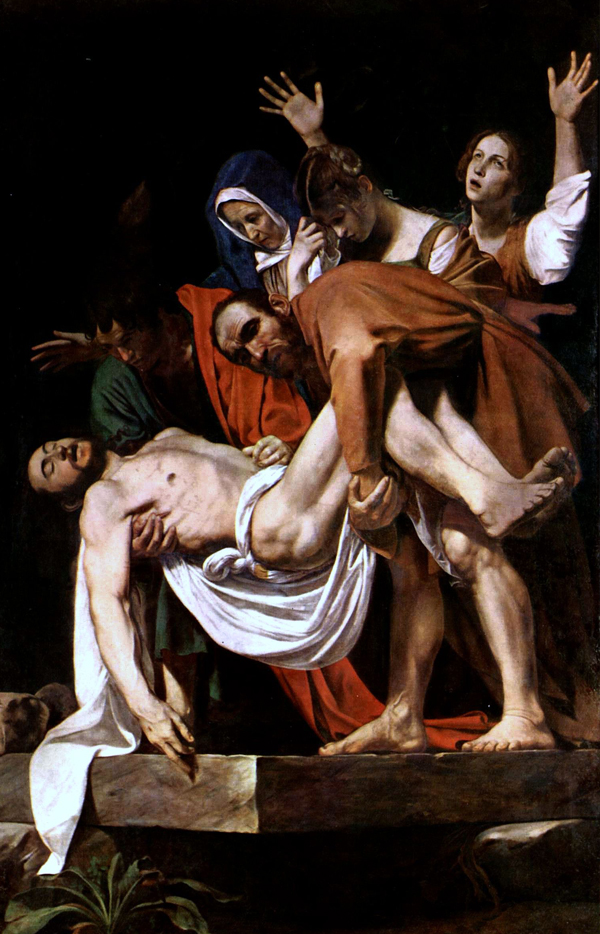
Caravaggio - Deposition
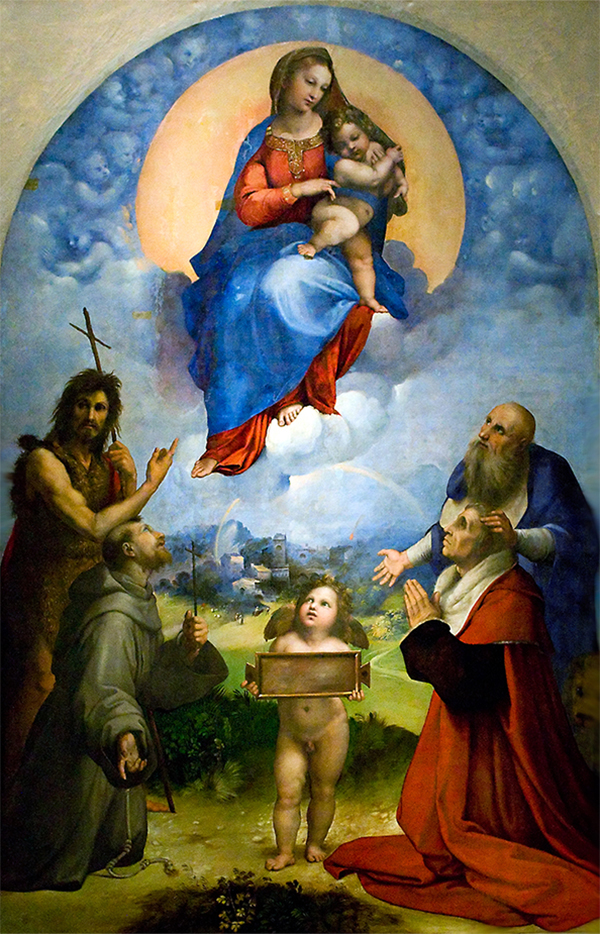
Raphael Sanzio - Madonna of Foligno
2. THE PIO-CLEMENTINO MUSEUM
If you love sculpture, you should visit the Pio Clementino Museum. Anyway, since it is the biggest complex inside the Museums, it will be hard to miss! The museum, founded by Pope Clement XIV in 1771, was expanded by his successor Pope Pius VI to host the most important Greek and Roman masterpieces kept in the Vatican.
The Museum consists of 12 rooms and houses important Greek and Roman artworks. In the interior of the Gabinetto dell’Apoxyomenos, there is a Roman copy of a Greek bronze statue by Lysippus (around 320 BC).
The statue represents an athlete who, after competing, is scraping sweat from his body with a small curved instrument that the Romans called strigil. The figure represents a breach with the frontal stance characteristic of Greek sculptures: to fully enjoy the sculpture, you must turn around it. The work is therefore considered the first all-round Greek sculpture.
In the Octagonal Courtyard, among the most famous statues, you can see the Apollo Belvedere, a 2nd century AD Roman copy of a Greek bronze by Leochares (330-320 BC.) placed in the Agora of Athens. There is also the famous Laocoön sculpture group, a 1st century AD Roman copy of a Greek bronze from the 2nd century BC. It was found in Rome on the Esquiline Hill in 1506 and bought by Pope Julius II. In the same space, you can also see the Perseus with the head of Medusa by Antonio Canova (1800-1801).
Other important rooms that are part of the Pio Clementino Museum are the Room of Animals, the Gallery of Candelabra, the Round Room, the Room of the Muses and the Gallery of Statues.
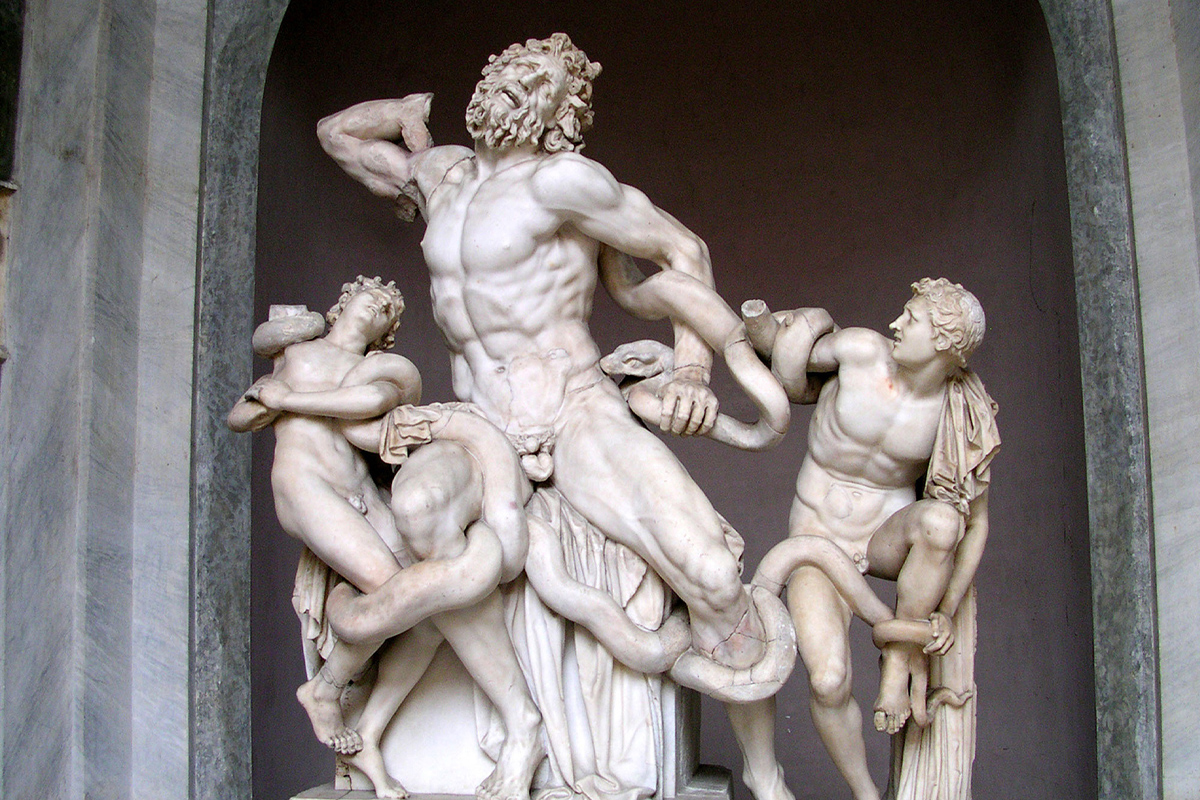
The famous Laocoön sculpture group
3. GREGORIAN EGYPTIAN MUSEUM
If you love antiquities, the Gregorian Egyptian Museum is for you! Founded on the initiative of Pope Gregorius XVI in 1839, the museum consists of 9 rooms and exhibits monuments and artefacts from Ancient Egypt, some of which come from Rome and Villa Adriana (Tivoli). Then, in the last two rooms you can find artworks from Ancient Mesopotamia and Assyria.
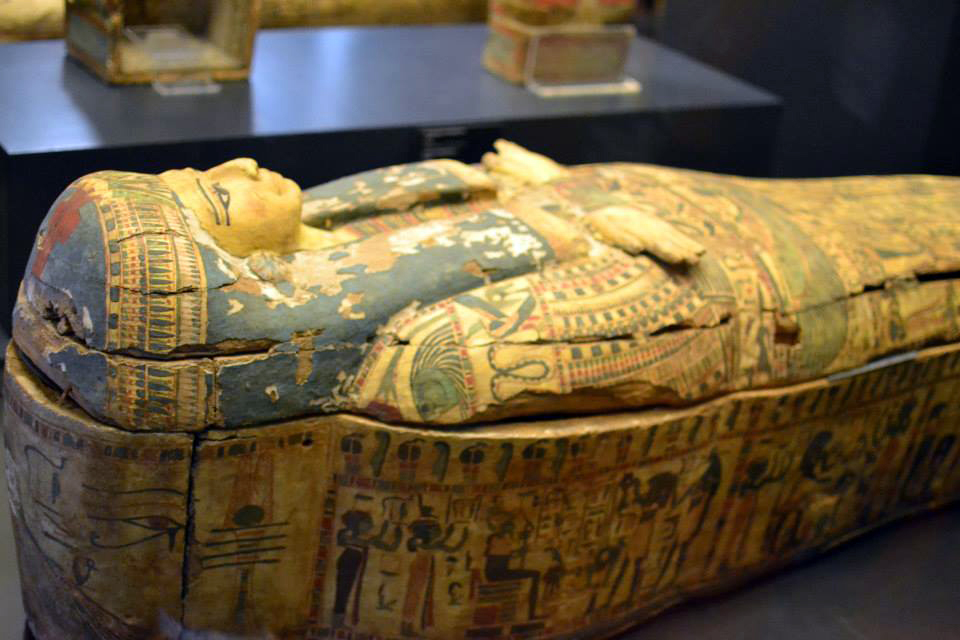
A precious coffin in the Gregorian Egyptian Museum
Mummies are beyond doubt the main attraction that you can find inside the Egyptian Museum.
The coffins, made with sycamore wood, present very fine pictorial decorations. Some of them belong to the XXII dinasty (930 - 800 BC).
The most interesting sculptures include the head of Pharaoh Mentuhotep, king of the XI dinasty, who is considered the actual founder of the Middle Kingdom of Egypt and the unifier of High and Low Egypt; and the Tuya, a colossal dark granite statue depicting the wife of Pharaoh Sethos I, who was also the mother of the famous Ramses II.
4. GALLERY OF GEOGRAFICAL MAPS
If you love history and geography, along the itinerary leading to the Sistine Chapel you will fnd the suggestive Gallery of Geografical Maps, beyond doubt one of the brightest and most fascinating rooms in the Vatican Museums. The gallery takes its name from the series of topografical maps that Pope Gregorius XIII commissioned to Ignazio Danti. Italy is pictured as divided in two by the Appennines: on one side are the regions standing on the Ligurian and Thyrrenian coasts and, on the other side, the regions standing on the Adriatic coast.
The perspectival views of the main Italian ports of the sixteenth century complete the series of geographical maps. Among them Venice, Ancona, Genoa and, last but not least, the Port of Civitavecchia.

Gallery of Geographical Maps
5. THE CARRIAGE PAVILION
Curious people and historic vehicles' lovers should not miss the Carriage Pavilion, located in the Papal Appartment in the Palazzo Apostolico del Laterano, in a separated section of the Historic Museum
Created by Pope Paul VI in 1973 and located in a large area under the Square Garden, it includes carriages, cars and sedan chairs used by various popes. Among the curiosities, in addition to the nineteenth-century carriages, there is a scale model of the first locomotive of the Vatican City (1929). Of particular note is the Grand Gala Berlin built for Pope Leon XII and used until Pius XI.
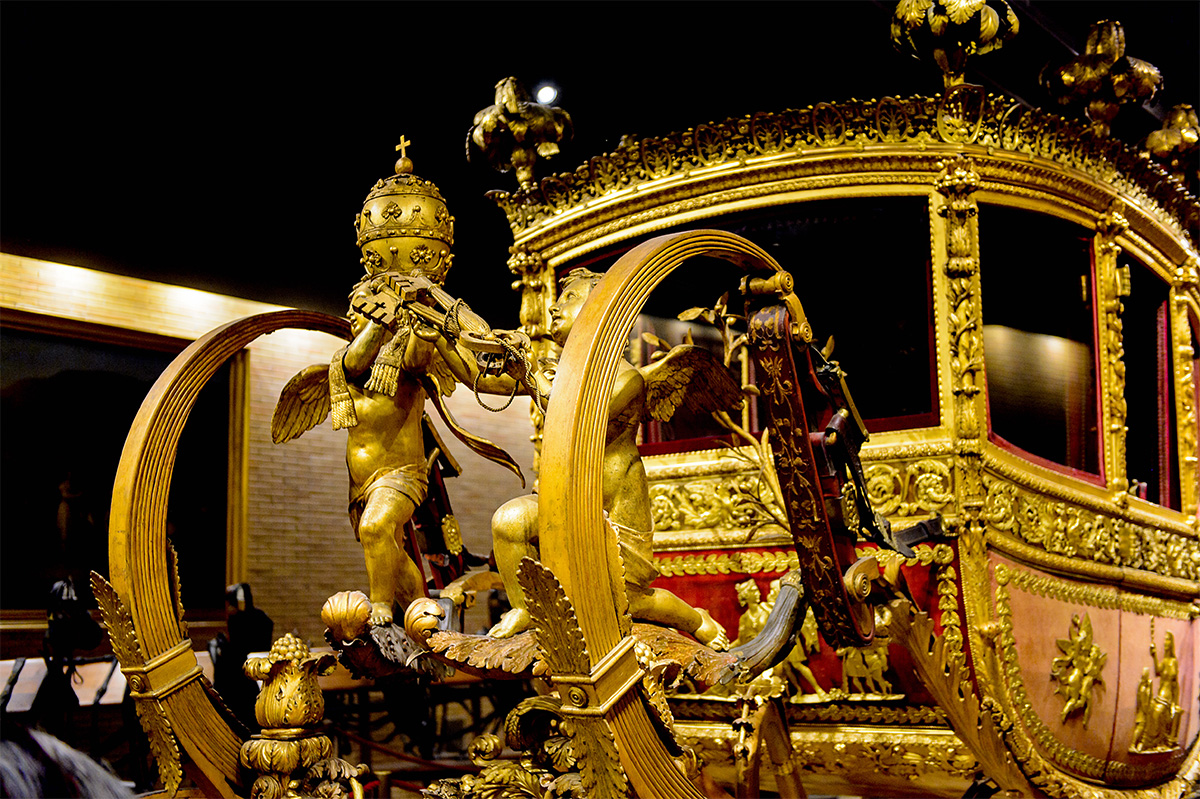
A nineteenth-century Popemobile in the Carriage Pavilion
6. RAPHAEL'S ROOMS
Probably second only to the Sistine Chapel, the Raphael's Rooms are beyond doubt one of the main attraction of the Vatican Museums. The rooms were the private apartments of Pope Julius II, who commissioned the frescoes to Raphael. The painter from Urbino worked on them from 1508 to 1520, when he died. After his death, his pupils continued the work until 1524.
The most famous room is the Stanza della Segnatura (Room of Signature) which was the private library of Julius II. Here there are four frescoes that represent the four main themes of Knowledge: Disputation of the Holy Sacrament (Theology), The School of Athens (Philosophy), The Parnassus (Poetry) and The Cardinal Virtues (Law).
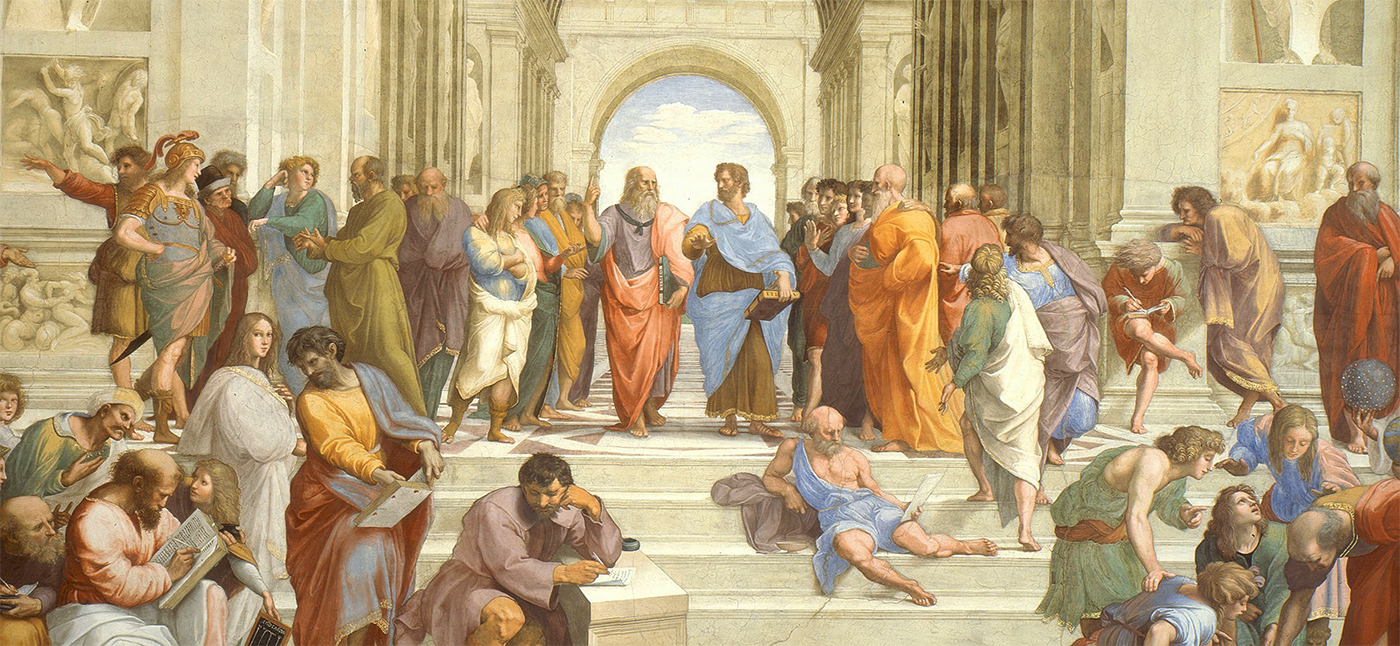
The School of Athens by Raphael Sanzio
The second room painted by the artist is the Stanza di Eliodoro ("Room of Heliodorus"), created between 1511 and 1514. Here the spiritual and temporal power of the Church is exalted, with God's intervention in the life of human beings. One example is the The Expulsion of Heliodorus from the Temple: the scene represents Heliodorus of Antiochia, flogged by angels while he was trying to profanate the temple of Jerusalem.
The other rooms, in which the intervention by Raphael's pupils is more present, are the Stanza dell'Incendio di Borgo and the Sala di Costantino.
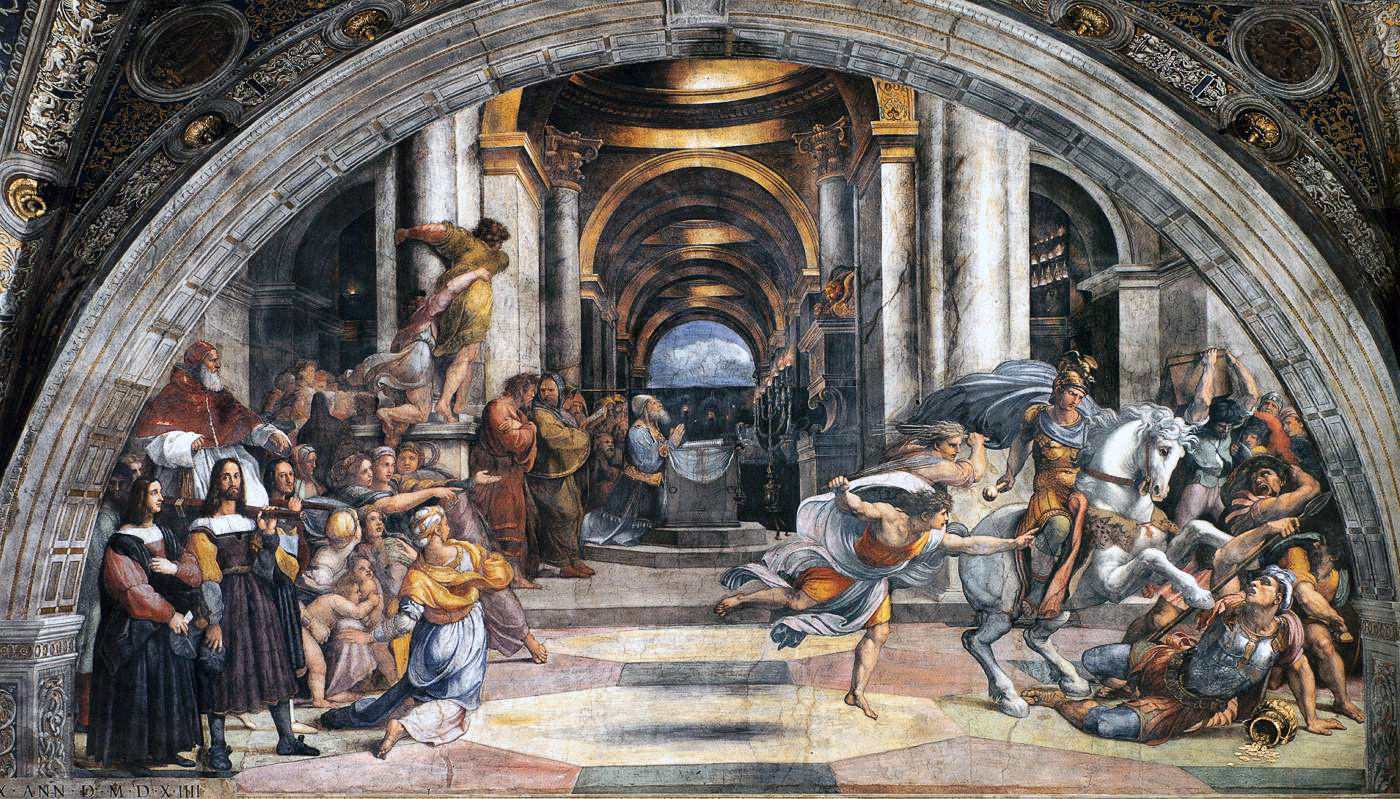
The Expulsion of Heliodorus from the Temple - Raphael Sanzio
7. THE SPIRAL STAIRCASE
This amazing spiral staircase is located at the end of the itinerary and leads you outside the Museums. The staircase was designed by Giuseppe Momo in 1932. The staircase is shaped like a double helix: on one ramp you go up and on the other you go down. Once you have gone downstairs, try to look up: you will be astonished by the perspective.

The Spiral Staircase
And what about the Sistine Chapel? It sounds like someone is objecting to the lack of Michelangelo Buonarroti's masterpiece in this article.
Don't worry, we didn't forget about it, on the contrary: for us, the Sistine Chapel ranks first among the things to see in the Vatican Museums.
Read our article about the Sistine Chapel and find out about the history and secrets hidden behind the frescoes. You will also find information, opening hours and useful tips to make your visit memorable.
That's all for now. Tell us about your experience in the Vatican Museums. What impressed you the most? What did you not managed to see that you promised to return for? If you liked this article, please share it with your friends!
Useful information
- HOW TO GET THERE
From the Port of Civitavecchia: Go to Civitavecchia Train Station and get on the first regional train bound for Rome. Get off at Roma Termini Station and from there take the underground (Line A) towards Battistini and get off at Cipro - Musei Vaticani station or, alternatively, at Ottaviano - San Pietro station.
From Leonardo da Vinci Airoport (Fiumicino)The train Leonardo Express takes you to Termini Sation and from there you can follow the directions for the line A.
From Ciampino AiroportThe Terravision bus takes you to Termini Station and from there you can follow the directions for the subway line A. The taxi ride from both airports takes around 40 minutes.
Bus (stops)
49, in front of the entrance to the Museum
32, 81, 982, Piazza del Risorgimento (end-of-line) (5-minute walk)
492, 990, Via Leone IV / Via degli Scipioni (5-minute walk).
Tram
19, Piazza del Risorgimento (5-minute walk).- TIMETABLES
- Monday - Saturday: entrance from 9 am to 4 pm | closing time at 6 pm (exit from rooms half an hour before closing time)Closed: Sunday, except the last Sunday of every month (free entry from 9 am to 12.30 pm and closing at 2 pm), as long as it's not Easter Sunday; 8th, 25th and 26th of December, 1st and 6th of January, 11th of February, 19th of March, 5th and 6th of April, 1st of May, 29th of June and 15th of August.
- PRICES
- The ticket to the Vatican Museums also includes a visit to the Sistine Chapel.Full: €16Reduced: €8School Ticket: €4* In order to avoid long queues we highly recommend you buy your skip-the-line ticket online. Please do it. You will thank us!* For further information about ticket reductions and to book online, please visit the official website.* Entry is free on the last Sunday of the month. It will seem obvious, but we remind you that queues increase considerably on this occasion!



 PORT MOBILITY CIVITAVECCHIA
PORT MOBILITY CIVITAVECCHIA









